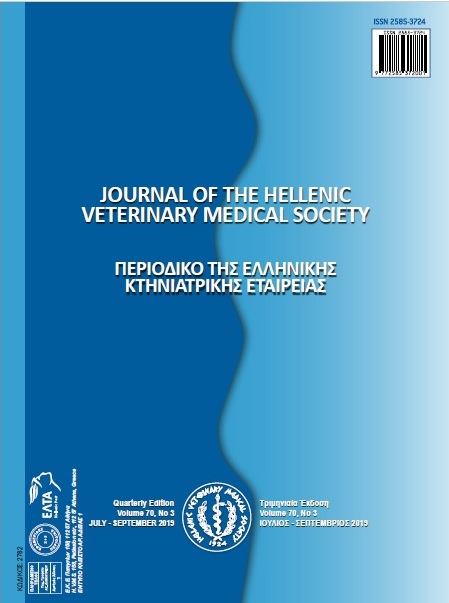Effects of concomitant selenium and vitamin E administration on thyroid hormone metabolism in broilers
Resumen
A total of 400, as hatched, broilers were used to investigate the effect of selenium (Se) and vitamin E supplementation on thyroid hormones metabolism. There were 5 replicates of 4 dietary treatments namely: control (C), a soybean meal maize basal diet with adequate Se and vitamin E (0.3 mg Se per kg diet and 80 mg vitamin E per kg diet), control diet with Se added (Se+, with an additional 1 mg of Se per kg of diet), control diet with vitamin E added (E+, with an additional 350 mg of vitamin E per kg of diet) and Se+E+ (with additional 1 mg of Se and 350 mg of vitamin E per kg of diet). Diets were isonitrogenous and isocaloric. Zinc L-selenomethionine complex was used to increase Se content and dl-α-tocopheryl acetate to increase vitamin E content. The experiment lasted 42 days. Plasma Se concentration increased in Se+ groups, while whole blood glutathione peroxidase (GPx) activity increased in Se+, E+ and Se+E+ groups compared to control. Hepatic type I iodothyronine deiodinase (ID-I) and thyroid hormone concentrations were unaffected by any dietary treatment. It is concluded that supplementation with Se or vitamin Ε alone or in combination above animal’s requirements does not affect thyroid hormone metabolism and liver ID-I activity under the conditions examined.
Article Details
- Cómo citar
-
PAPPAS, A. C., KOTSAMPASI, B. M., KALAMARAS, K., FEGEROS, K., ZERVAS, G., KALOGIANNIS, D., & CHADIO, S. E. (2018). Effects of concomitant selenium and vitamin E administration on thyroid hormone metabolism in broilers. Journal of the Hellenic Veterinary Medical Society, 68(3), 355–362. https://doi.org/10.12681/jhvms.15490
- Número
- Vol. 68 Núm. 3 (2017)
- Sección
- Research Articles

Esta obra está bajo una licencia internacional Creative Commons Atribución-NoComercial 4.0.
Authors who publish with this journal agree to the following terms:
· Authors retain copyright and grant the journal right of first publication with the work simultaneously licensed under a Creative Commons Attribution Non-Commercial License that allows others to share the work with an acknowledgement of the work's authorship and initial publication in this journal.
· Authors are able to enter into separate, additional contractual arrangements for the non-exclusive distribution of the journal's published version of the work (e.g. post it to an institutional repository or publish it in a book), with an acknowledgement of its initial publication in this journal.
· Authors are permitted and encouraged to post their work online (preferably in institutional repositories or on their website) prior to and during the submission process, as it can lead to productive exchanges, as well as earlier and greater citation of published work.




